Please note that this is an old post and we have now written a new one based on information from 1st January 2018 please click this link to read it.
With the recent announcement from Du Pont that due to a shortage of raw materials, the price of FM200 is to rise considerably with immediate effect, is this the end of FM200 fire suppression system agent!
FM200 has been the main stay of gaseous fire suppression systems for 20 years following the banning of Halon 1211 and 1301. Although FM200 is not perfect environmentally in these austere times it is the choice of many as it usually works out the most cost effective against inert gas and Novec 1230.
With hundreds of tonnes of FM200 sold throughout the world we hope that Du Pont will not be that shortsighted as to permanently damage the sales of FM200 as this will provide less options for all concerned for the foreseeable future.
So what are the options?
There are two gas options, Novec 1230 from 3m the environmental alternative to FM200 and Inert Gas the ultimate in environmental fire suppression system agents.
Novec 1230 and inert gases are already extensively used as fire suppression agents, each like FM200 have advantages and disadvantages. Novec 1230 has good storage advantages against Inert Gases as it is stored as a liquid, but some of it’s disadvantages is it usually needs to distributed throughout the room it is protecting and is expensive to refill. Inert Gases require larger storage areas but are very flexible and can protect more than one room using distribution valves.
If the price of FM200 rises above the price of Novec 1230 that will provide a good boost for 3m but if the price of FM200 remains less than Novec 1230 I think the big winner will be Inert Gases. So far the price for FM200 is still around £10/Kg cheaper than Novec 1230 but how long will that last and will Du Pont put the prices up again if this raw material, that is in short supply, remains in short supply!
No one knows when and if FM200 will return to yesteryears pricing levels but one thing is for sure the manufacturers of Novec 1230 and Inert gases will see this as an opportunity and for end users the business case for these environmentally better products has just taken a step in the right direction.
Concept fire suppression are able to offer a full range of gaseous fire suppression products including FM200, Inert Gases and Novec 1230. We will continue to provide FM200 along with Novec 1230 and Inert Gas as each has it’s own advantages and disadvantages. As well as each project and client has different requirements and we will continue to meet them through our usual discussions during this process.




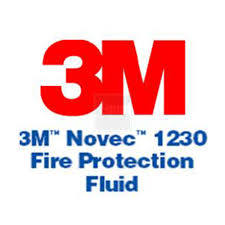
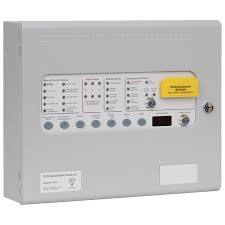
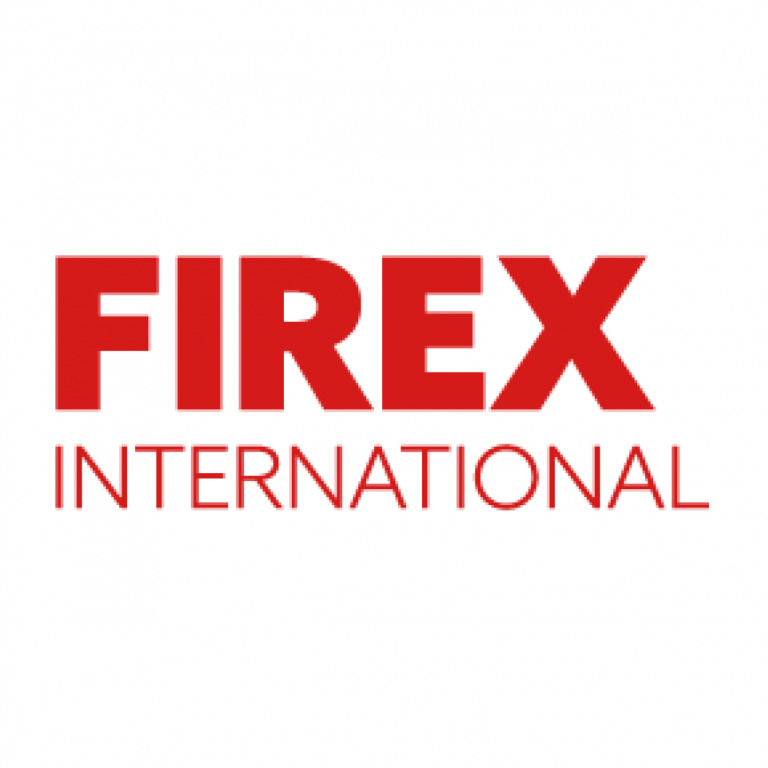
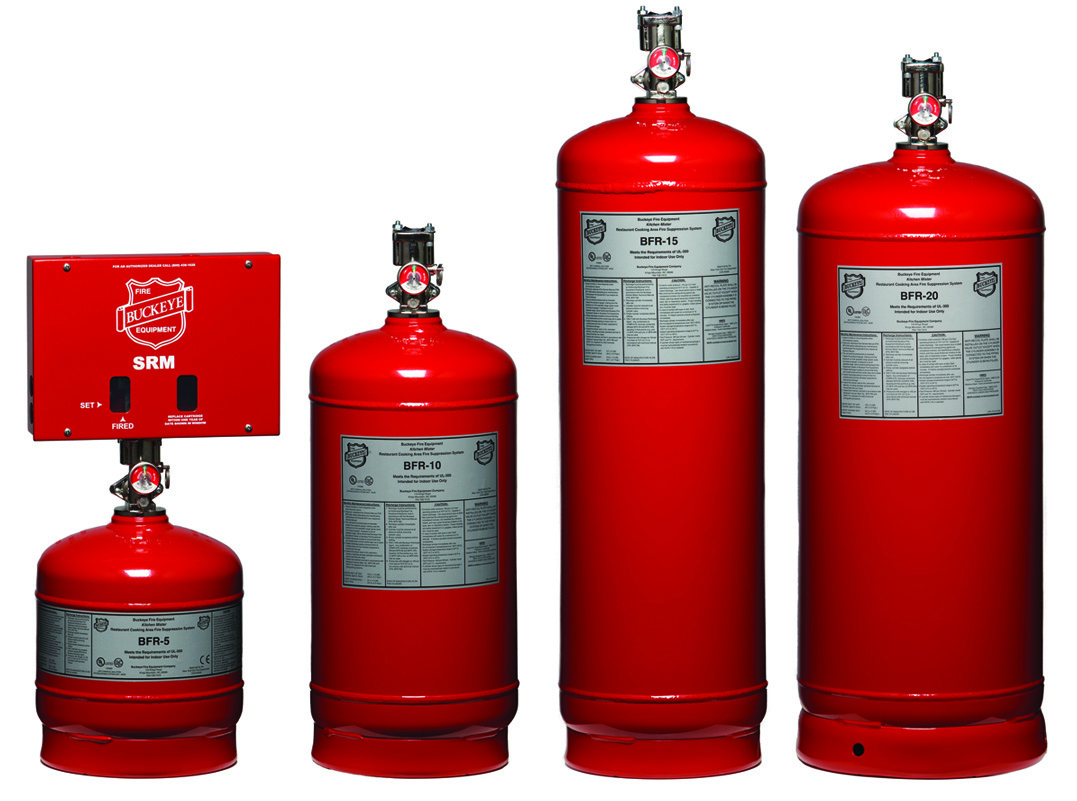
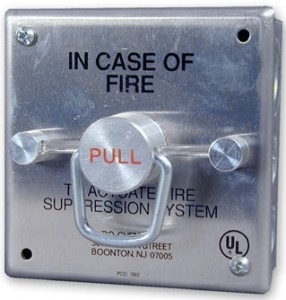
Hello. we need fm 200 fire suppression system, volume 19 cu.
HFC-227 Container Assembly 375LBS Filling capacity to 150 LBS C/w Gas cartridge actuator, pressure gauge, victualic coupling with nipple model.
You have this Products?
I have requirement for 4 Nos. 80L Cylinders for FM200 alongwith 62 Kg FM200 filling in each. Kindly provide your best quote urgently to finalize the deal.
Kamal Joshi
Starr Fire
Lucknow, UP
what is techincal difference between fm200, inert gas and novec
Below is a list of basic technical diffrences between the 3 Fire Suppression Agents IG55, FM200 and Novec 1230:-
Inert Gas FM200 Novec 1230
Name IG55, IG541, IG01, IG100 HFC227ea Novec 1230
Stored As Gas Liquid Liquid
Boiling Point -191 degrees C (IG55) -16.4 degrees C 49 degrees C
Used Concentrations 34.2%-42% 6.4%-8.7% 4%-6%
NOAEL 12% (Oxygen) 9% 10%
Safety Margin 7.8%-30% 3%-9% 67%-150%
Ozone Depletion Potential 0 0 0
Global Warming Potential N/A 3500 1
Atmospheric Lifetime N/A 33 3-5 days
good day. i have a existing FM200 System and i was hoping to convert it to NOVEC. do i have to change anything, pipes, valves, cylinder, etc.
thanks in advance.
In some cases exisitng pipework can be used.
If you can send us some more information we will be happy to help you.
We need the room size (length, width, height plus any floor or ceiling voids), the standards being used and finally what are the existing pipe sizes.
Thanks.
The HFC and inert gas clean agents are all unreactive with water, alcohols, amines, and solvents. Novec 1230, on the other hand, is characterized by high chemical reactivity. For example, Novec 1230 design manuals indicate the following: (1) Contact of Novec 1230 with water or solvents either polar or hydrocarbon could render Novec 1230 fluid ineffective, (2) the transfer of Novec 1230 requires the use of a drier because humid air may cause the agent to convert to acid. It is reported that Novec 1230 is chemically reactive with nucleophiles such as alcohols. Novec 1230 is also chemically reactive with other fire extinguishing agents, e.g., it has been reported that Novec 1230 undergoes reaction with sodium bicarbonate. The reaction of Novec 1230 with water produces HFC-227ea and Perfluoropropionic acid, a strong, corrosive organic acid. Due to its high reactivity, Novec 1230 is the only clean agent that is classified as a volatile organic compound (VOC).
What I find most interesting is the formation of perfluoropropionic acid, a toxic and corrosive acid, when Novec 1230 is inhaled and crosses the lungs. This formation of acid occurs only with Novec 1230 – none of the other clean agents behave in such a fashion and hence it would seem to me that the inert gases and HFCs offer a superior safety in use.
Interesting comment regarding the formation of acid from Novec 1230. Actually Novec 1230 and FM200 both produce Halogen Acids when burnt at high temperature (over 500deg C), that is why we use smoke detection rather than heat detection to reduce the risk of this occurring.
But would you not agree that the environmental effects of a fire without a fire suppression is much greater.
The ultimate environmental Fire Suppression System has to be Inert Gases (IG55, Inergen etc) but sometimes engineering limitations such as the amount of space for storage does not always allow us to use this gas.
Thanks for your comment though.
What are disadvantages of Novec 1230
Hi Nafees,
Thanks for your question.
The disadvantages of Novec 1230 are:-
Cost – Usually more expensive than other options.
Agent Flow – Novec 1230 is 1.5x heavier than water and therefore is difficult to flow if the cylinder is located away from the risk.
Halogen Acids – If discharged at temperatures above 500 deg C, it decomposes and forms Halogen Acids.
These disadvantages are offset by the advantages:-
Efficient Space – Novec 1230 is stored as a liquid and therefore takes up less space than Inert Gas
Environment – Has a Global Warming Potential of 1 and only stays in the atmosphere for 3-5 days.
Safety Margin – Novec 1230 has a design safety margin of between 67%-150% meaning any physical changes to the size of the risk has little effect
Clean Agent – If correctly designed Novec 1230 will leave no residue after discharge.
At Concept Fire Suppression we don’t just sell a system, we believe that a system should be properly designed ensuring the risk is correctly protected and at the same time a satisfied client. This can only be done by asking the right questions and assessing what agents are right for the risk and then what the customers specification is.
I ope this has answered your question, if you require anymore information please don’t hesitate to contact us again.
Concept Fire Suppression Ltd